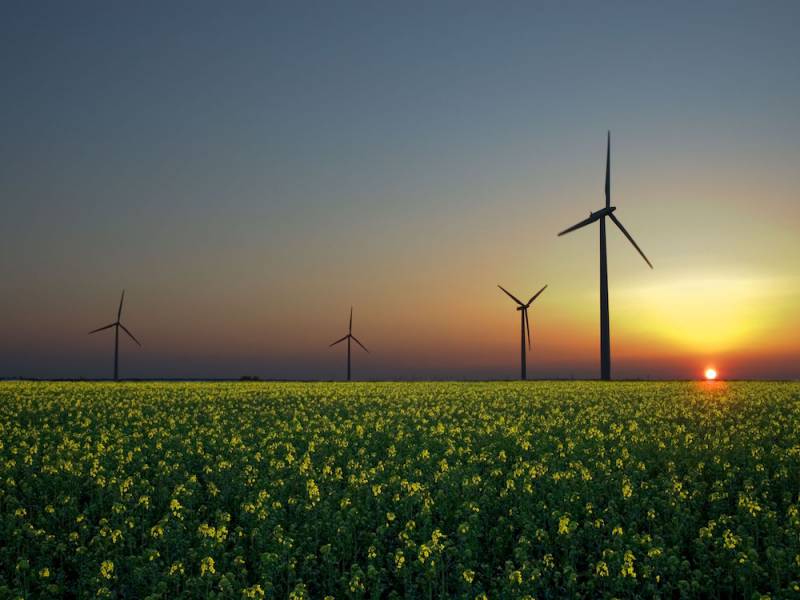The geopolitics of renewable energy at play

In this third article of our World Expo series, guest contributor Aleš Šinkovec, Practice Director, Energy and Environment, LOGOS Public Affairs, discusses how Expo-2017 Astana is an opportunity for the European Union and its Member States.
Just under a year from now Kazakhstan will host the World Expo 2017 presenting the theme of “Future Energy”, and aiming to foster a debate around the idea of “Solutions for Tackling Humankind’s Greatest Challenge.”
The logo of the Expo reflects the focus on alternative energy sources: flower petals reminiscent of a wind turbine and arranged in a circle, representing energy and perpetual motion.
The audience that the Expo will gather will include representatives from governments, NGOs, corporates and also the general public. While the Expo will display both innovative and practical energy solutions, the main aim is for the Expo and the delegates to attempt to answer the question of “How do we ensure safe and sustainable access to energy for all while reducing CO2 emissions?”
Taking place between 10 June and 10 September 2017, the event will mark an important checkpoint between today and the year when the global climate change agreement, COP 21, will come into effect. The event in Astana will also be unique given the tumultuous political and economic climate currently taking shape: a potential global economic downturn and a possible exit of an EU Member State. Astana could very well be witness to a turning point, either a renewed focus on investment in renewables or a doubling down on isolationism.
The European Union and its Member States could be the driver of either scenario.
Until now, the EU as a whole has been leading emissions reduction efforts globally. There is an obvious economic argument for this as today, as the EU imports more than half of all the energy it consumes, costing it more than 1 billion euro per day.
The EU is on track to reach its 2020 targets. By 2014, EU emissions were 24% below 1990 levels, and renewable energy was 15.3% of gross final energy consumption. However, it faces challenges in three intersecting areas: a fall in renewables investments, growing political uncertainty, and a need for greater ambition to reach the COP 21 goals.
European investments into renewables fell by 21% from roughly 55 billion euro in 2014 to 43 billion euro in 2015 – the lowest figure for the past nine years. China on the other hand has increased its investments and become the worldwide front-runner on an absolute basis. At this same time, the EU will be defining its support mechanisms for renewables and the types of targets it wishes to achieve by 2030. The Expo in Astana will take place just as the EU will be negotiating its own legislative commitments.
Influencing all of this could very well be the uncertainty of the UK’s position in our out of the EU. The UK has always been a more “progressive” Member State when it comes to green growth initiatives. Shortly after the UK referendum on Brexit was decided, the UK government reiterated its support for combatting climate change by setting a world-leading target: cutting emissions by 57% by 2032 based on 1990 levels.
From all this uncertainty, Expo 2017 in Astana will come at exactly the right time to define what the future holds for renewable energy, not just at the EU level, but also globally.






